Tailored Solutions for Residential & Commercial Stinging Pest Problems
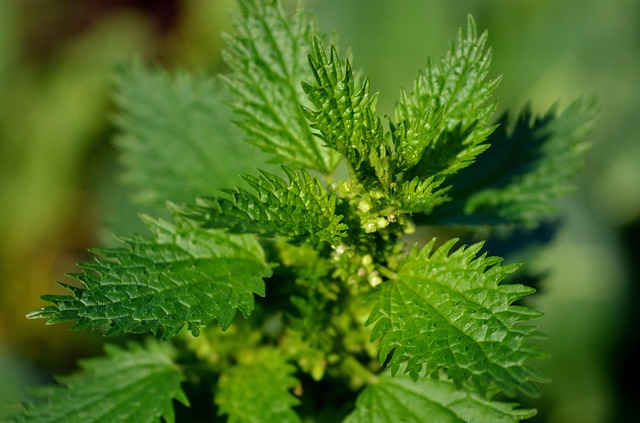
Stinging pests like bees, wasps, and hornets require specialized stinging pest control services for…….
Introduction
Pests with stinging capabilities are a significant concern for homeowners, agricultural producers, and commercial enterprises alike. Stinging pests such as hornets, wasps, bees, and ants not only pose a direct threat to human safety but also can cause extensive damage to property and crops. The need for specialized control services is critical in managing these populations effectively and safely. This article delves into the intricacies of stinging pest control services, exploring their significance, global impact, economic considerations, technological advancements, policy landscape, challenges, case studies, and future prospects. Readers will gain a comprehensive understanding of this niche yet vital industry and its role in preserving public health and safety, as well as environmental and agricultural integrity.
Understanding Stinging Pest Control Services
Stinging pest control services are specialized operations designed to manage populations of insects and arachnids that can inflict a sting or bite. These services encompass a range of activities from monitoring and identification to treatment, removal, and prevention strategies. The core components of these services include:
Historically, stinging pest control has evolved significantly, from early reliance on rudimentary tools and natural repellents to the sophisticated methods employed today, including integrated pest management (IPM) systems and advanced pesticides. Understanding this evolution helps contextualize the current state of the industry and its importance in safeguarding communities and environments from the adverse effects of stinging pests.
Global Impact and Trends
The global impact of stinging pest control services is multifaceted, influencing public health, agricultural productivity, and environmental conservation. Key trends shaping this industry include:
Different regions around the world face unique challenges due to local species prevalence, climate conditions, and regulatory environments. For instance, areas with a high concentration of beehives for honey production will have different concerns than those with a problematic fire ant population. Understanding these regional differences is essential for tailoring control strategies effectively.
Economic Considerations
The economic aspects of stinging pest control services are significant, influencing various sectors of the economy. Market dynamics include:
The role of stinging pest control services within economic systems cannot be overstated. They provide a vital service that protects crops, infrastructure, and human health, thereby contributing to the overall productivity and well-being of societies.
Technological Advancements
Technological advancements have significantly impacted stinging pest control services. Some notable developments include:
The future potential of these technologies is vast, with ongoing research into AI-driven solutions, improved biopesticides, and enhanced remote sensing capabilities promising even more effective and sustainable control methods.
Policy and Regulation
Policies and regulations governing stinging pest control services are critical to ensure safety, efficacy, and sustainability. These include:
Adherence to these policies is essential for maintaining the integrity of the industry and ensuring that its operations align with broader societal goals regarding health, safety, and environmental stewardship.
Conclusion
Stinging pest control services are a vital part of modern society, protecting human health, agricultural productivity, and natural ecosystems. With a growing global population and an increasing focus on sustainability, these services must evolve to meet new challenges. Technological innovations, regulatory changes, and economic shifts will continue to shape the industry, ensuring that it remains effective and aligned with societal values. As we move forward, the integration of cutting-edge technology, responsible policy-making, and a commitment to environmental conservation will be key to the success and sustainability of stinging pest control services worldwide.

Stinging pests like bees, wasps, and hornets require specialized stinging pest control services for…….
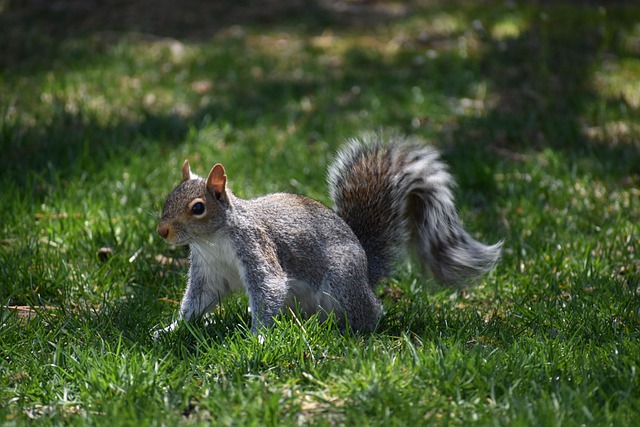
Understanding seasonal pest behavior is vital for year-round protection, especially in regions with…….
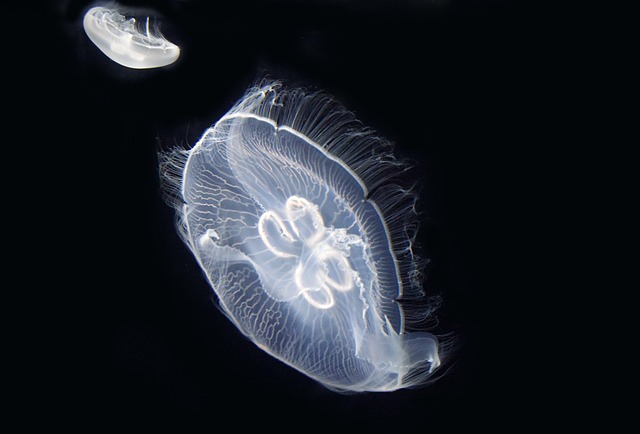
Stinging pests like bees, wasps, and hornets can pose risks for homeowners with children and pets. R…….
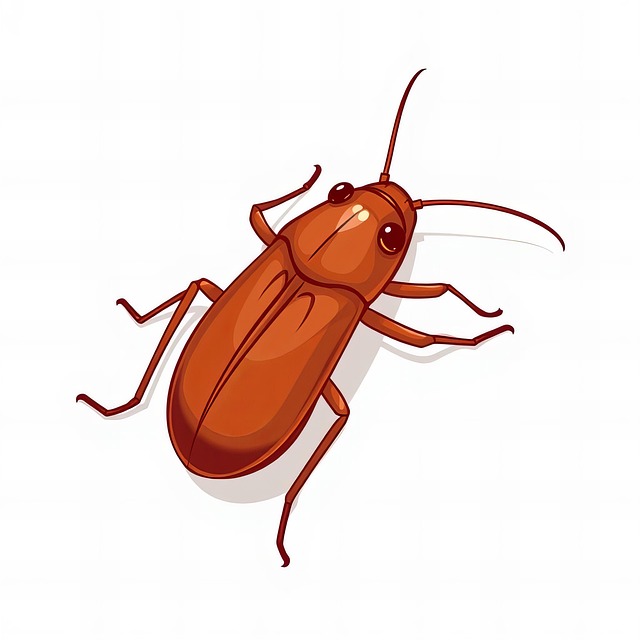
Stinging insects like wasps, bees, and hornets can be managed through understanding their habits and…….
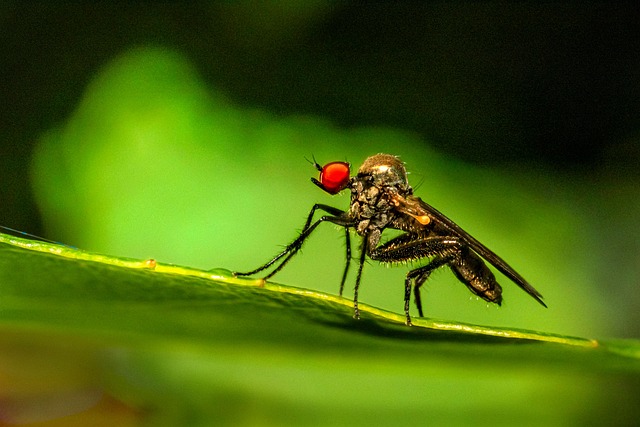
Urgent wasp issues pose significant health risks, especially for allergy sufferers. Professional was…….
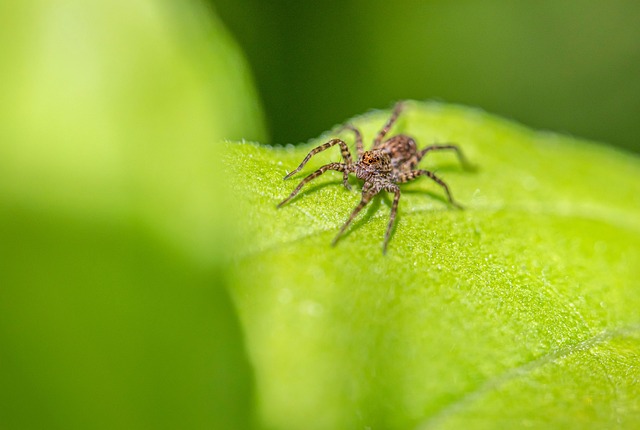
Professional wasp removal services are vital for effective pest control due to varying wasp behavior…….
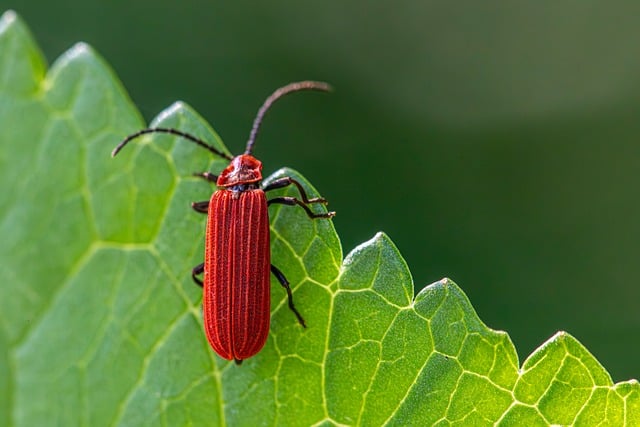
Stinging pest control services prevent and manage bees, wasps, and hornets through a combination of…….
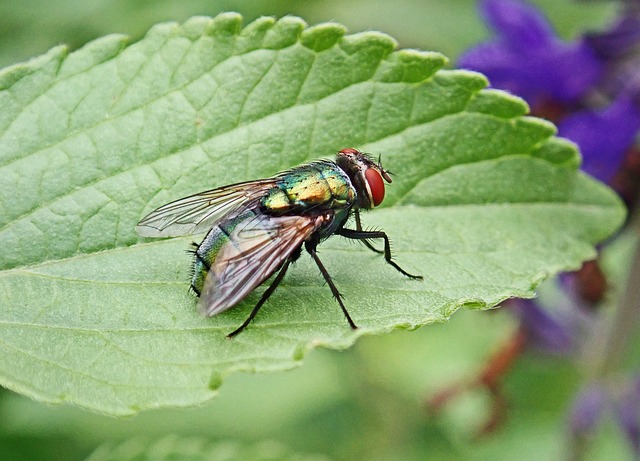
Homeowners facing stinging pest issues like bees, wasps, or hornets can rely on residential stinging…….
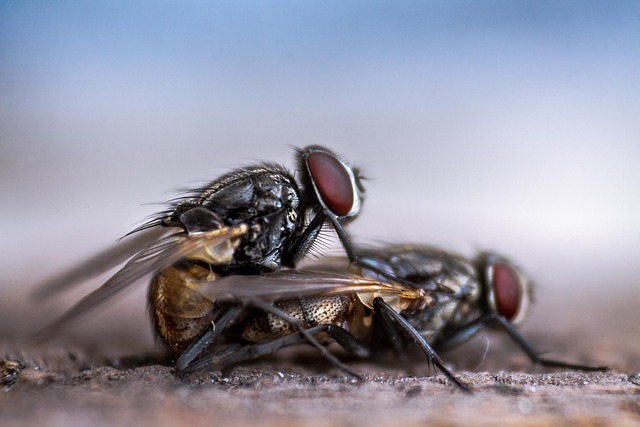
Understanding seasonal pest cycles is crucial for year-round protection, with each season presenting…….
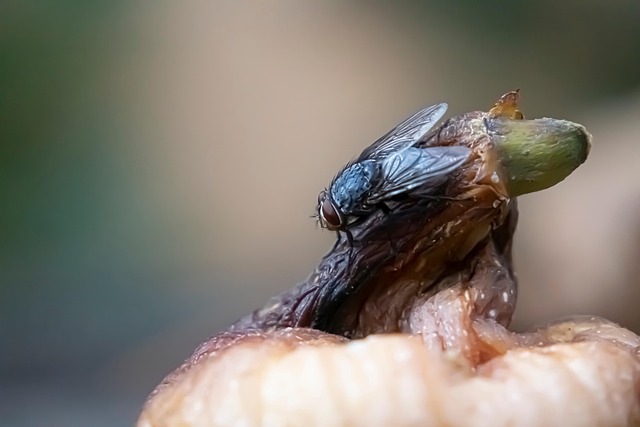
Stinging insects like bees, wasps, and hornets can be both helpful pollinators and problematic nuisa…….